When it comes to capturing stunning interior spaces for real estate listings, choosing the right photography method is crucial. In this blog post, we’ll explore two popular techniques: strobe/flash photography and HDR (High Dynamic Range) photography. Each method has its own strengths and weaknesses, so let’s dive into the details.
1. Strobe/Flash Photography
How It Works
Strobe or flash photography involves using external light sources (such as speedlights or studio strobes) to illuminate the scene. Here’s how it works:
- Off-Camera Lighting: The photographer strategically places strobes or flashes around the room to create even illumination. These lights are triggered remotely, allowing precise control over the lighting direction and intensity.
- Balancing Ambient Light: Strobes are used to balance the natural ambient light with artificial light. This technique ensures that both bright and shadowed areas are well-exposed.
- Multiple Exposures: In some cases, multiple exposures are taken with different lighting setups and then blended in post-processing to achieve optimal results.
Pros:
- Controlled Lighting: Strobes allow precise control over light placement and intensity.
- Reduced Glare: Strobes minimize reflections on glossy surfaces like countertops and mirrors.
- Crisp Details: Strobes capture sharp details and textures.
Cons:
- Setup Time: Setting up strobes can be time-consuming, especially for large spaces.
- Equipment Cost: Quality strobes and triggers can be expensive.
- Learning Curve: Properly using strobes requires technical expertise.
2. HDR Photography
How It Works
HDR photography combines multiple exposures taken at different exposure levels (bracketing). Here’s the process:
- Bracketed Shots: The photographer captures a series of images at varying exposure settings—typically underexposed, properly exposed, and overexposed.
- Post-Processing: These bracketed shots are merged using specialized software to create a single image with a wide dynamic range. The result is an image that retains details in both highlights and shadows.
- Tone Mapping: Tone mapping techniques are applied to enhance contrast and color balance.
Pros:
- Efficiency: HDR reduces the need for additional lighting equipment.
- Natural Look: HDR images often appear more natural and true to what the human eye sees.
- Quick Workflow: Once you’ve mastered the process, creating HDR images becomes faster.
Cons:
- Artifacts: Poorly processed HDR images can exhibit halos and unnatural color shifts.
- Flat Lighting: HDR may lack the depth and dimension of strobe-lit photos.
- Limited Control: You have less control over specific lighting areas compared to strobes.
Conclusion
Both strobe/flash photography and HDR photography have their place in real estate photography. Consider your budget, time constraints, and desired aesthetic when choosing the right method. For well-lit, detailed interiors, strobes excel. For efficiency and a natural look, HDR is a solid choice. Ultimately, the best approach depends on your specific project and artistic vision.
